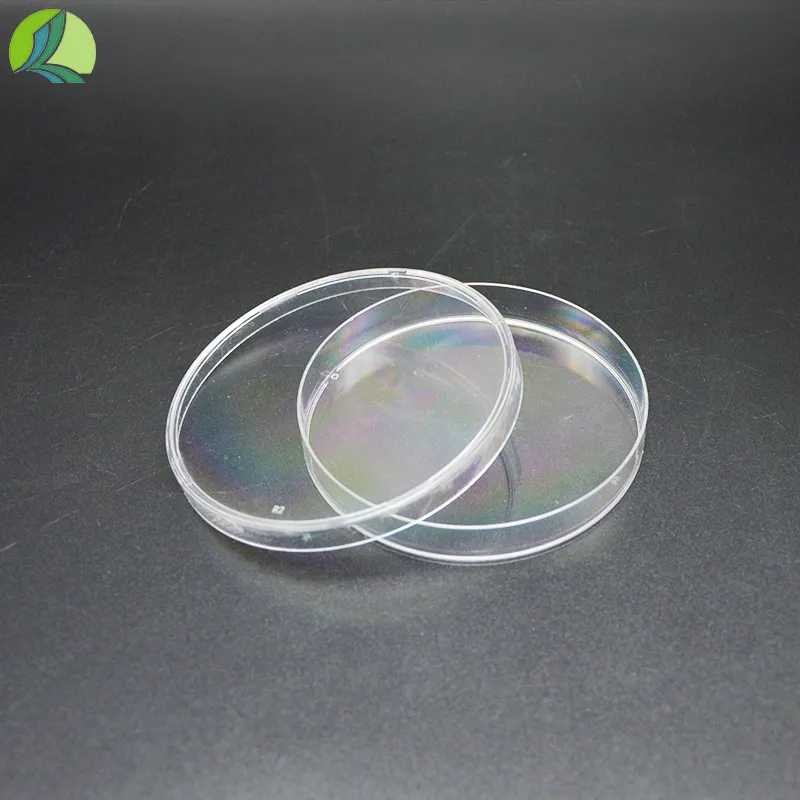
-
 Afrikaans
Afrikaans -
 Albanian
Albanian -
 Amharic
Amharic -
 Arabic
Arabic -
 Armenian
Armenian -
 Azerbaijani
Azerbaijani -
 Basque
Basque -
 Belarusian
Belarusian -
 Bengali
Bengali -
 Bosnian
Bosnian -
 Bulgarian
Bulgarian -
 Catalan
Catalan -
 Cebuano
Cebuano -
 Corsican
Corsican -
 Croatian
Croatian -
 Czech
Czech -
 Danish
Danish -
 Dutch
Dutch -
 English
English -
 Esperanto
Esperanto -
 Estonian
Estonian -
 Finnish
Finnish -
 French
French -
 Frisian
Frisian -
 Galician
Galician -
 Georgian
Georgian -
 German
German -
 Greek
Greek -
 Gujarati
Gujarati -
 Haitian Creole
Haitian Creole -
 hausa
hausa -
 hawaiian
hawaiian -
 Hebrew
Hebrew -
 Hindi
Hindi -
 Miao
Miao -
 Hungarian
Hungarian -
 Icelandic
Icelandic -
 igbo
igbo -
 Indonesian
Indonesian -
 irish
irish -
 Italian
Italian -
 Japanese
Japanese -
 Javanese
Javanese -
 Kannada
Kannada -
 kazakh
kazakh -
 Khmer
Khmer -
 Rwandese
Rwandese -
 Korean
Korean -
 Kurdish
Kurdish -
 Kyrgyz
Kyrgyz -
 Lao
Lao -
 Latin
Latin -
 Latvian
Latvian -
 Lithuanian
Lithuanian -
 Luxembourgish
Luxembourgish -
 Macedonian
Macedonian -
 Malgashi
Malgashi -
 Malay
Malay -
 Malayalam
Malayalam -
 Maltese
Maltese -
 Maori
Maori -
 Marathi
Marathi -
 Mongolian
Mongolian -
 Myanmar
Myanmar -
 Nepali
Nepali -
 Norwegian
Norwegian -
 Norwegian
Norwegian -
 Occitan
Occitan -
 Pashto
Pashto -
 Persian
Persian -
 Polish
Polish -
 Portuguese
Portuguese -
 Punjabi
Punjabi -
 Romanian
Romanian -
 Russian
Russian -
 Samoan
Samoan -
 Scottish Gaelic
Scottish Gaelic -
 Serbian
Serbian -
 Sesotho
Sesotho -
 Shona
Shona -
 Sindhi
Sindhi -
 Sinhala
Sinhala -
 Slovak
Slovak -
 Slovenian
Slovenian -
 Somali
Somali -
 Spanish
Spanish -
 Sundanese
Sundanese -
 Swahili
Swahili -
 Swedish
Swedish -
 Tagalog
Tagalog -
 Tajik
Tajik -
 Tamil
Tamil -
 Tatar
Tatar -
 Telugu
Telugu -
 Thai
Thai -
 Turkish
Turkish -
 Turkmen
Turkmen -
 Ukrainian
Ukrainian -
 Urdu
Urdu -
 Uighur
Uighur -
 Uzbek
Uzbek -
 Vietnamese
Vietnamese -
 Welsh
Welsh -
 Bantu
Bantu -
 Yiddish
Yiddish -
 Yoruba
Yoruba -
 Zulu
Zulu
Effective Techniques for Utilizing Petri Dishes in Scientific Experiments and Research
The Use of Petri Dishes in Scientific Research
Petri dishes, also known as Petri plates, are shallow, flat, circular dishes made of glass or clear plastic, commonly used in laboratories for microbiological culture and various scientific experiments. Named after the German bacteriologist Julius Richard Petri, these versatile tools play a significant role in the field of biology, particularly in microbiology, where they are essential for isolating and growing microorganisms.
The Use of Petri Dishes in Scientific Research
Petri dishes are instrumental in antibiotic susceptibility testing. By placing antibiotic-impregnated discs onto the agar surface with bacterial colonies, researchers can assess how effective certain antibiotics are against specific bacterial strains. This method, known as the disk diffusion method, provides valuable information that helps in choosing appropriate treatments for infections, making it an indispensable tool in clinical microbiology.
use of petridish

Beyond microbiology, Petri dishes are also employed in plant biology and tissue culture. Researchers can use them to grow plant cells, tissues, and organs in a controlled environment, facilitating studies on plant development and genetics. This application has become increasingly important in agricultural research, particularly in developing disease-resistant crops and studying plant-microbe interactions.
Moreover, the simplicity and cost-effectiveness of Petri dishes make them accessible to both advanced research facilities and educational institutions. They are often used in teaching laboratories to help students understand essential microbiological techniques, enabling hands-on experience that is crucial for developing future scientists.
The advent of technology has also led to innovations in the use of Petri dishes. Today, researchers are exploring the applications of 3D-printed Petri dishes and smart petri dishes equipped with sensors that can provide real-time data on microbial growth conditions. Such advancements promise to enhance the efficiency and effectiveness of experiments, paving the way for more breakthroughs in scientific research.
In conclusion, Petri dishes are a fundamental component of laboratory work, serving various purposes in microbiology, plant biology, and education. Their role in cultivating microorganisms, testing antibiotic susceptibility, and conducting plant tissue culture underlines their significance in scientific research and education. As technology advances, the humble Petri dish continues to evolve, remaining a vital tool for scientists around the world.
-
Premium Metal Dropper Bottle for Precise Dispensing 250ml & 1ml Options AvailableNewsJul.04,2025
-
20 ml Headspace Vials - High Quality Polyethylene & Plastic Vials for Lab UseNewsJul.04,2025
-
Small Bottle with Pipette - Precise Dispensing 100ml Pipette Bottles for Essential Oils & Lab UseNewsJun.24,2025
-
Acetic Anhydride Bottle for Accurate Dropper Measurement in Pharmacy Use High-Quality Dropper BottlesNewsJun.10,2025
-
Innovative PET Bottle Design for Juice – Unique Shapes & Customization OptionsNewsJun.10,2025
-
20 Pack Sterilized Petri Dishes – Assorted Sizes, High Quality Small Plastic Petri Dishes for Lab UseNewsJun.10,2025






















